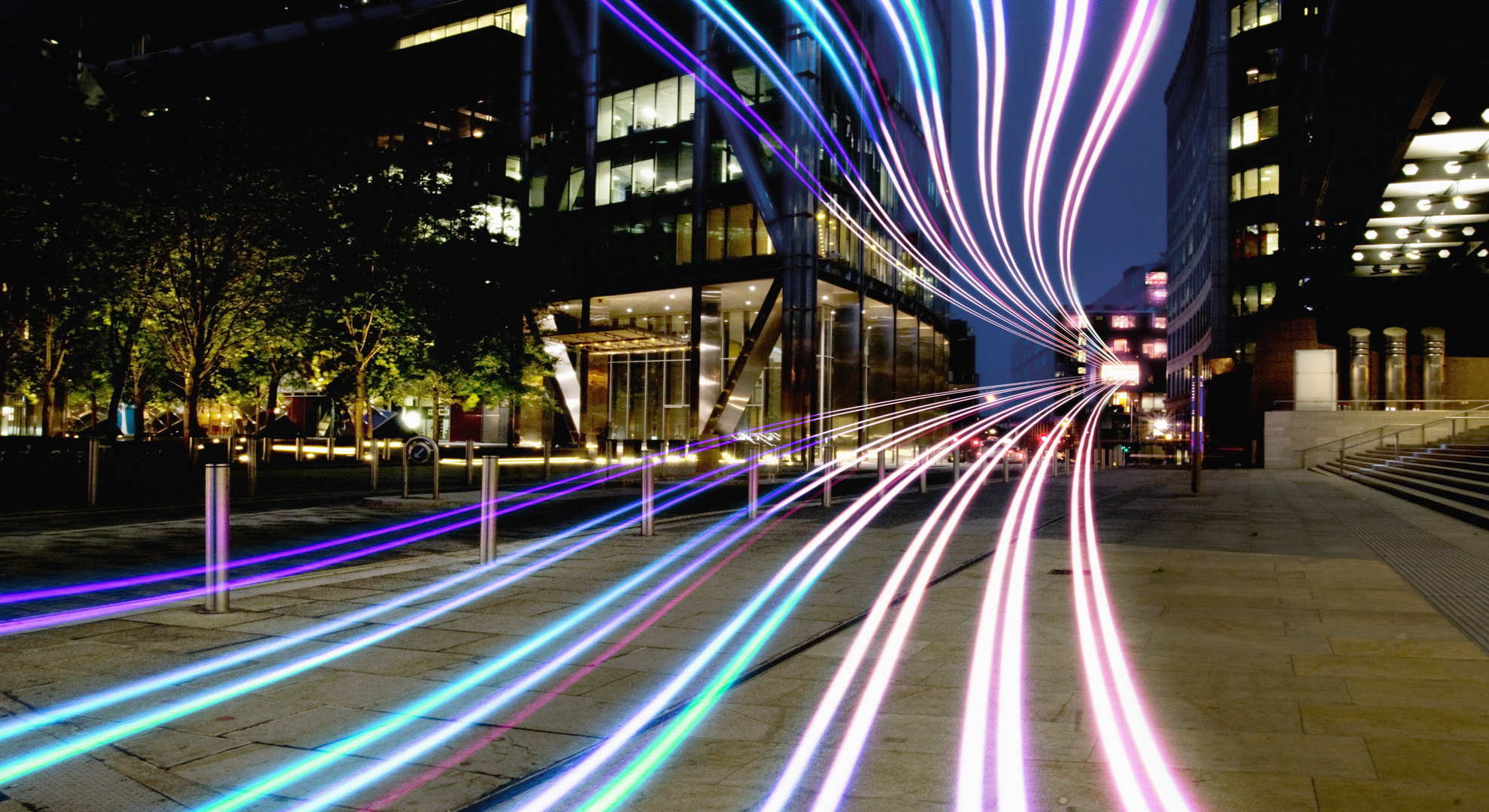
29 Sep The effects of energy on Internet connectivity
Two things continue to define our reality, both in the short term and the longer term. The first is that our survival as a species depends on responsible energy management, as well as our commitment to renewable energy sources. The second is that connectivity is essential for human development. As a result, network connectivity and sustainable energy consumption will need to work hand-in-hand as part of a twin strategy, something humans have been looking at for years now.
Network connectivity through the atmosphere
One of the main obstacles facing technology in general – and connectivity, more specifically – is the amount of energy consumed by all the different devices, infrastructure and developments in the modern world. Trials are already underway exploring new and innovative ways to help us enjoy connectivity without compromising energy consumption levels, with a focus on drawing on “clean” energy supplies. This involves atmospheric ions.
Atmospheric ions are invisible, electrically charged particles in the atmosphere. These ions are generated naturally whenever we experience certain weather conditions, barometric pressure and altitude, for example, through processes such as evaporation and radiation. Although this natural phenomenon isn’t big news to anyone – Nikola Tesla was already experimenting with this particular branch of science back in the 19th century – it wasn’t until current advances in technology came about that it’s been possible to seriously consider this as an alternative.
Tests are currently being carried out with the aim of creating atmospheric ions at height, using drones and hot air balloons. And though there’s still a long way to go, the potential of achieving network connectivity through clean energy – helping to reduce the energy footprint of a range of applications – is now firmly on the horizon.
Energy management thanks to the IoT and wireless network connectivity
One thing that’s certainly closer to becoming a reality for us all is the transformation of the energy sector thanks to the Internet of Things (IoT). By integrating the wireless connectivity of smart devices within the so-called Internet of Things, smartly managing power plants, cables and energy distribution is now all possible. This connectivity means obtaining and distributing energy is now much more efficient, cheaper and with far fewer losses – all without human intervention – since the process is constantly being monitored digitally.
What’s more, looking to the future, the IoT will allow green energy sources and developments to be integrated within existing infrastructure in a much more natural and less “traumatic” way. Smart management like this could make the energy transition a much smoother process, with far less disruption when it comes to shifting paradigms.
Pros and cons of energy management via smart connectivity.
Although the benefits of smart energy are clear for all to see, alongside the effects on key sectors such as Industry 4.0, we can’t ignore the fact that wireless connectivity, as well as smart energy management via the IoT, comes with a price tag. Especially when it comes to opportunity and investment. That window of opportunity is now, as Industry 4.0 and smart energy management aren’t yet fully implemented and are still taking their first tentative steps.
But this paradigm shift won’t solely come to fruition with the existence of wireless connectivity, high-capacity network connections, or even the robotisation that the IoT will bring. All this requires investment, and significant economic investment, in most cases. Both the European Union and various Member States, as well as third countries, are implementing policies to support public investment, but public-private collaboration must be a substantial component if we’re to ensure a commitment to the energy transition and keep high-quality connectivity at the top of the agenda.

